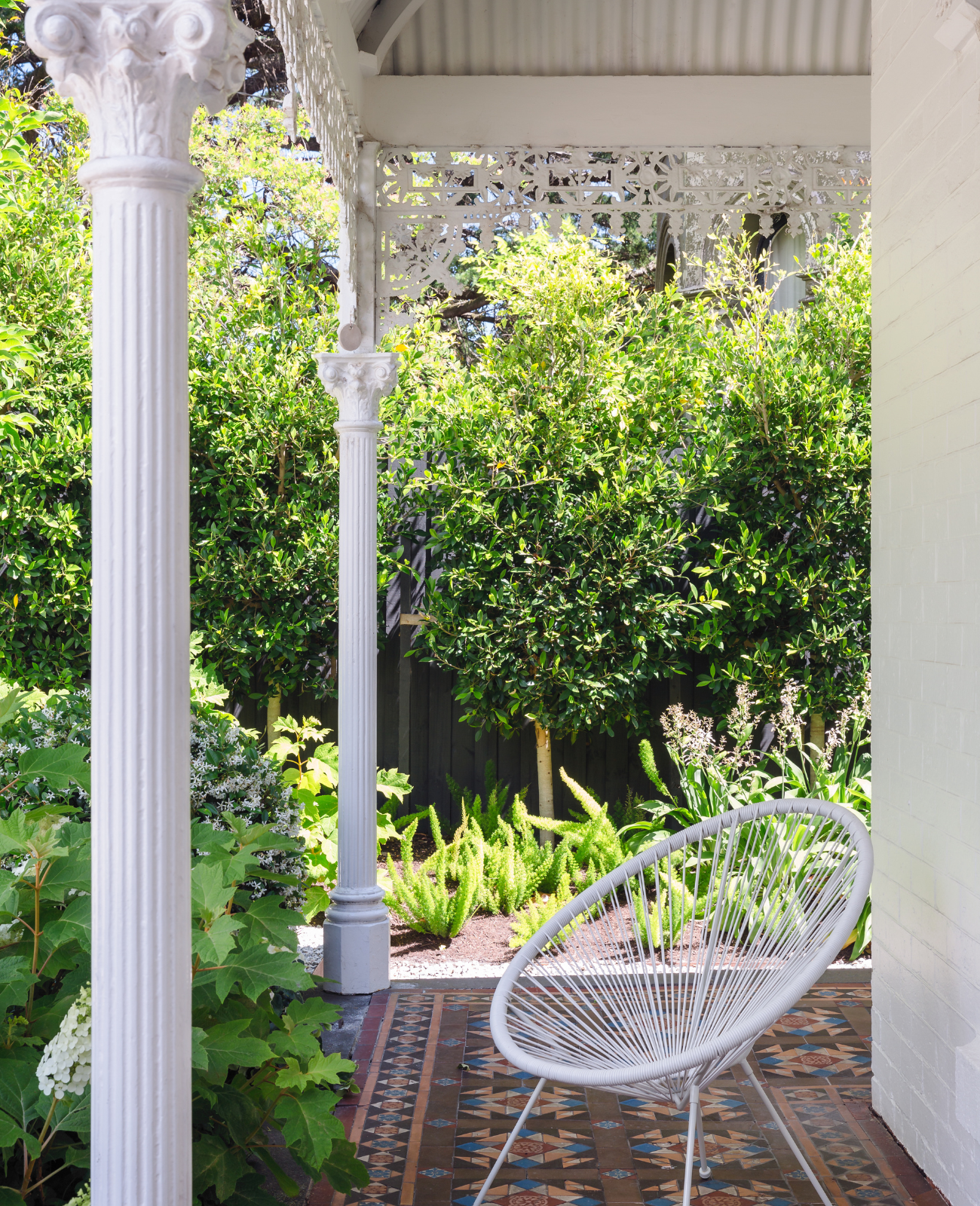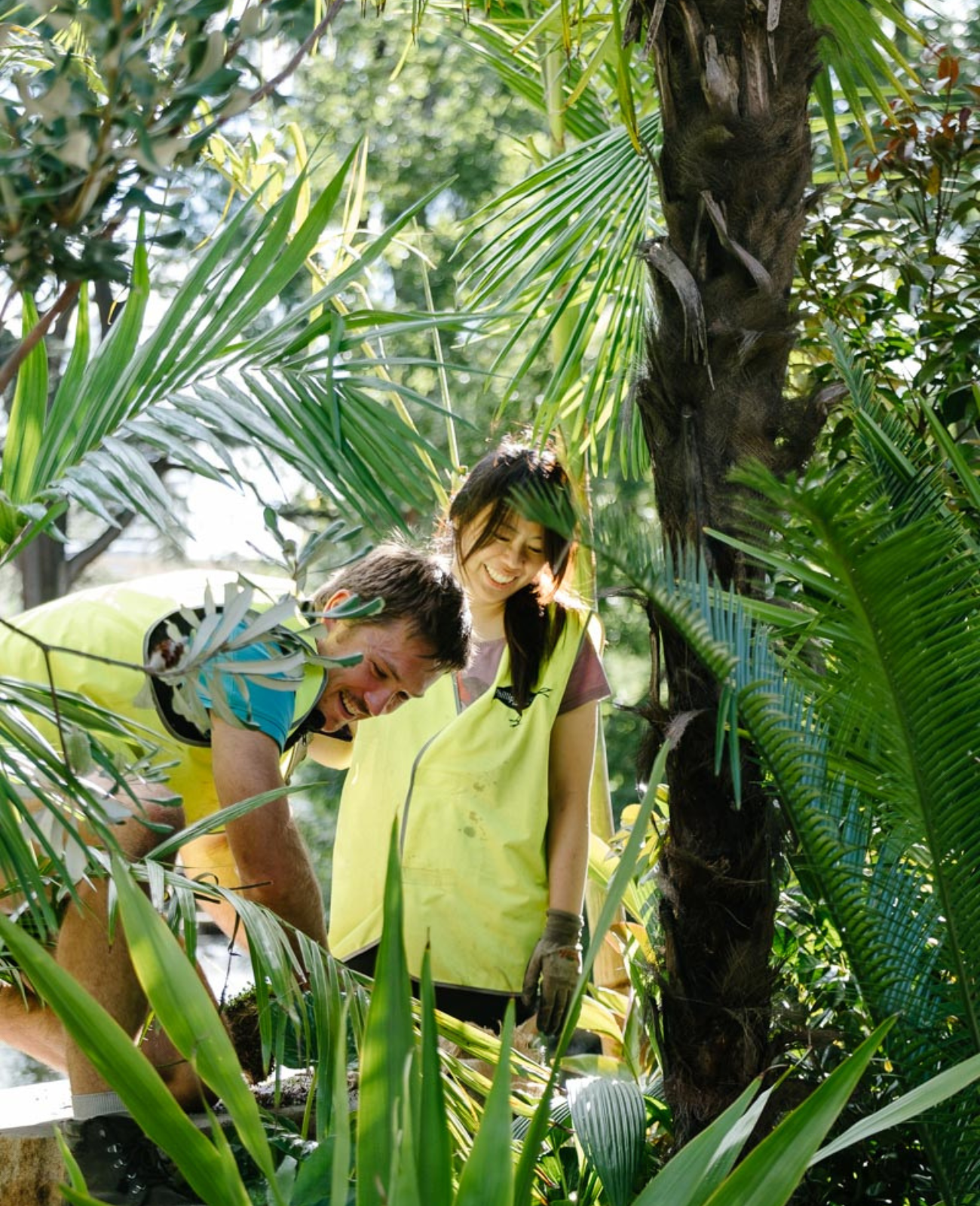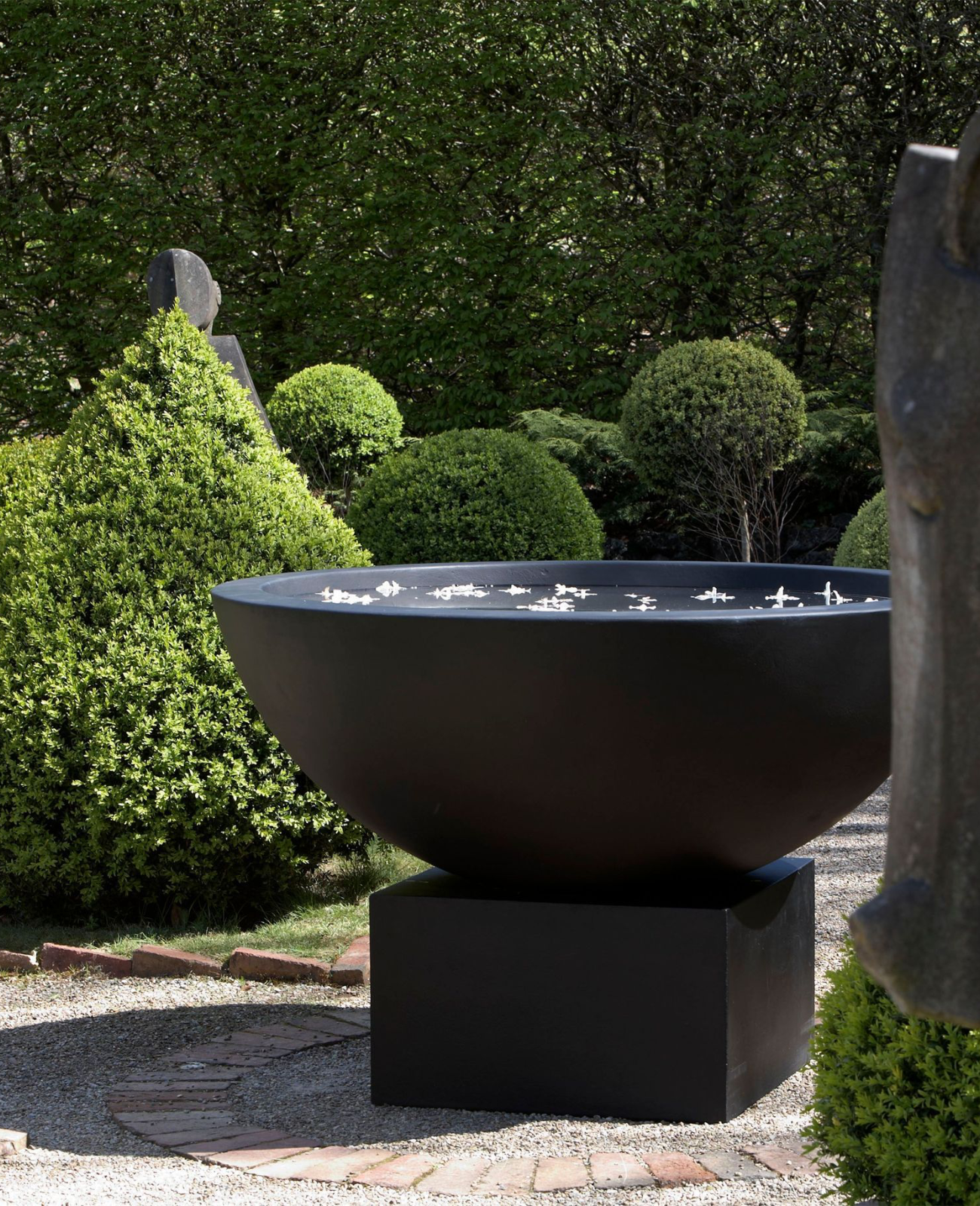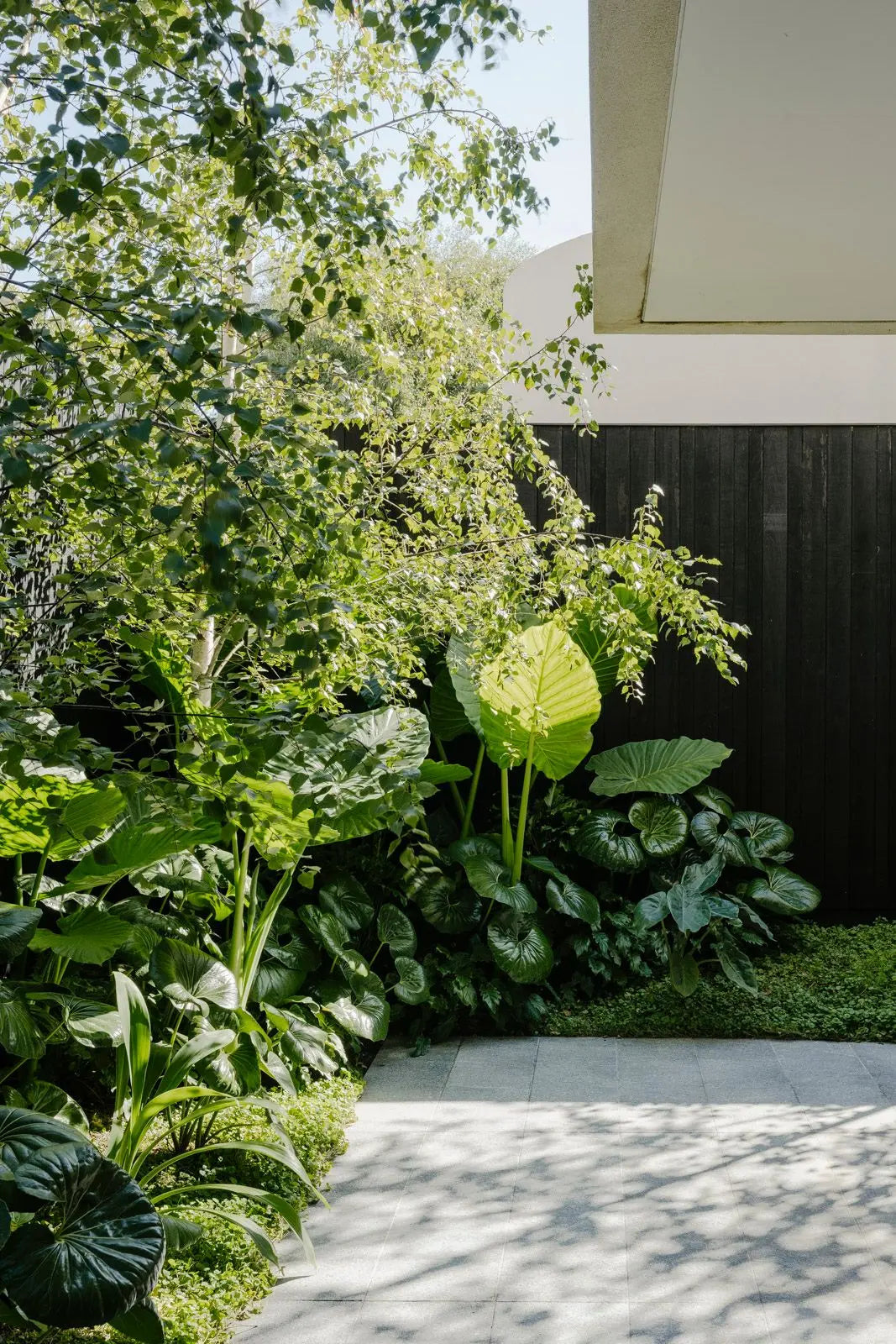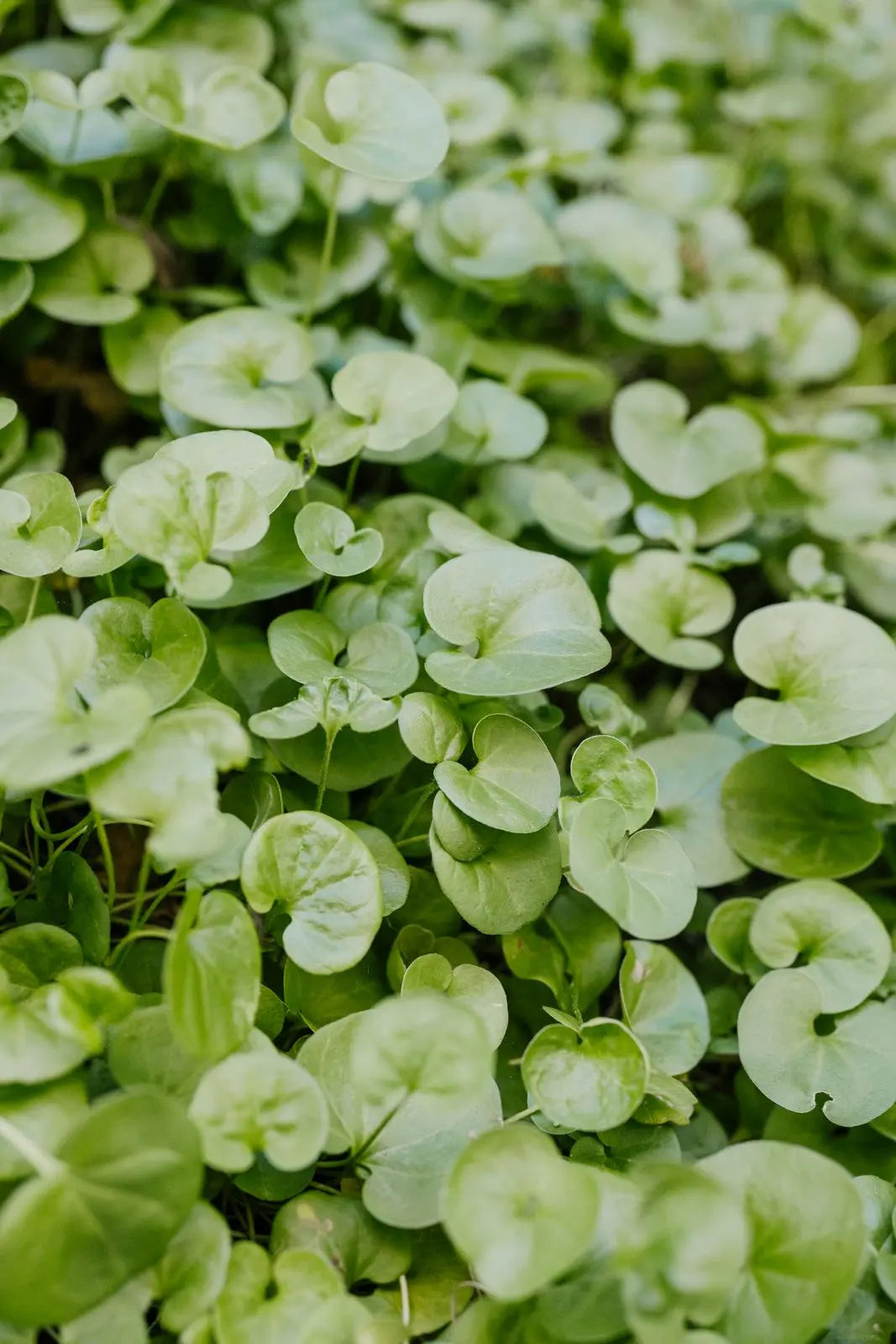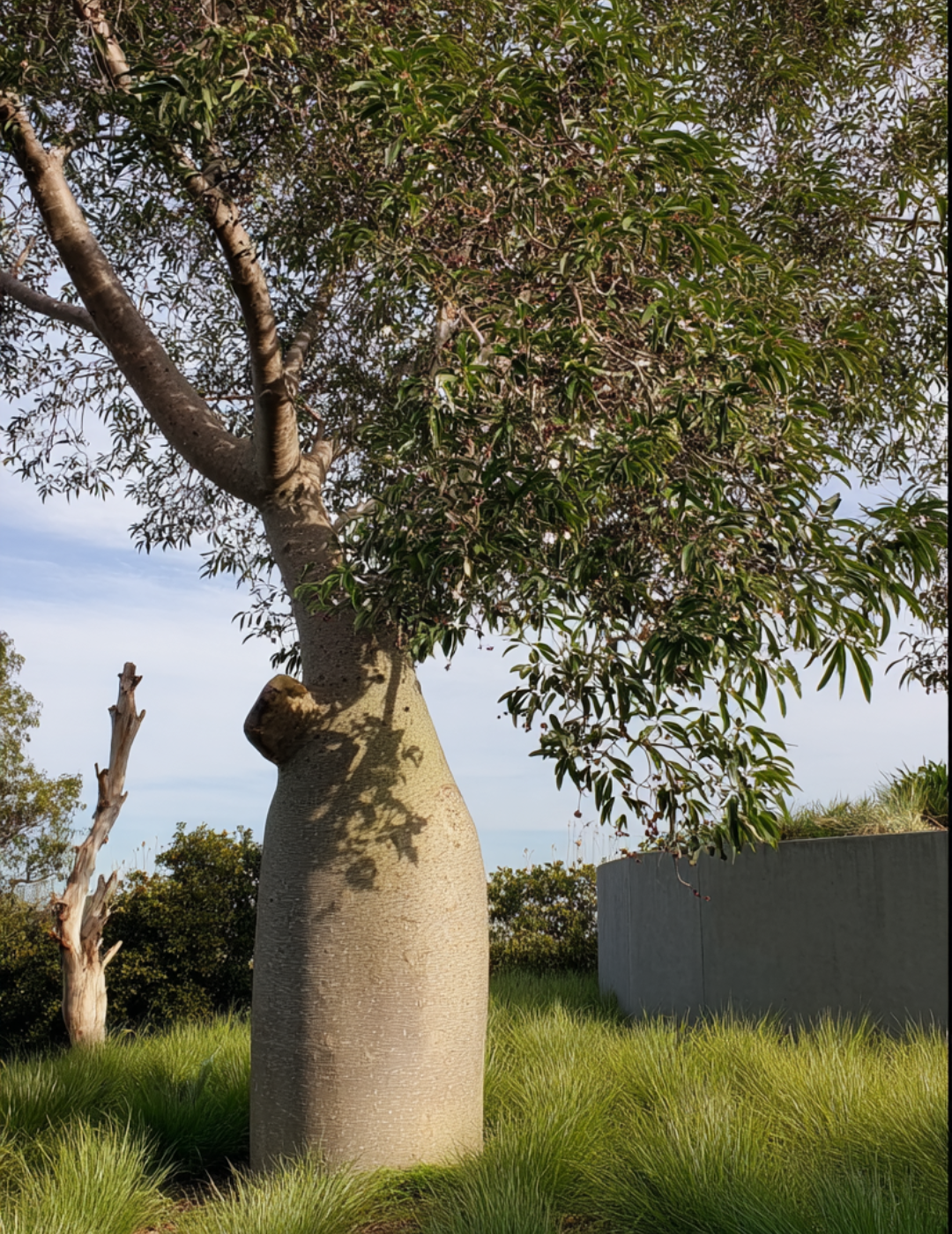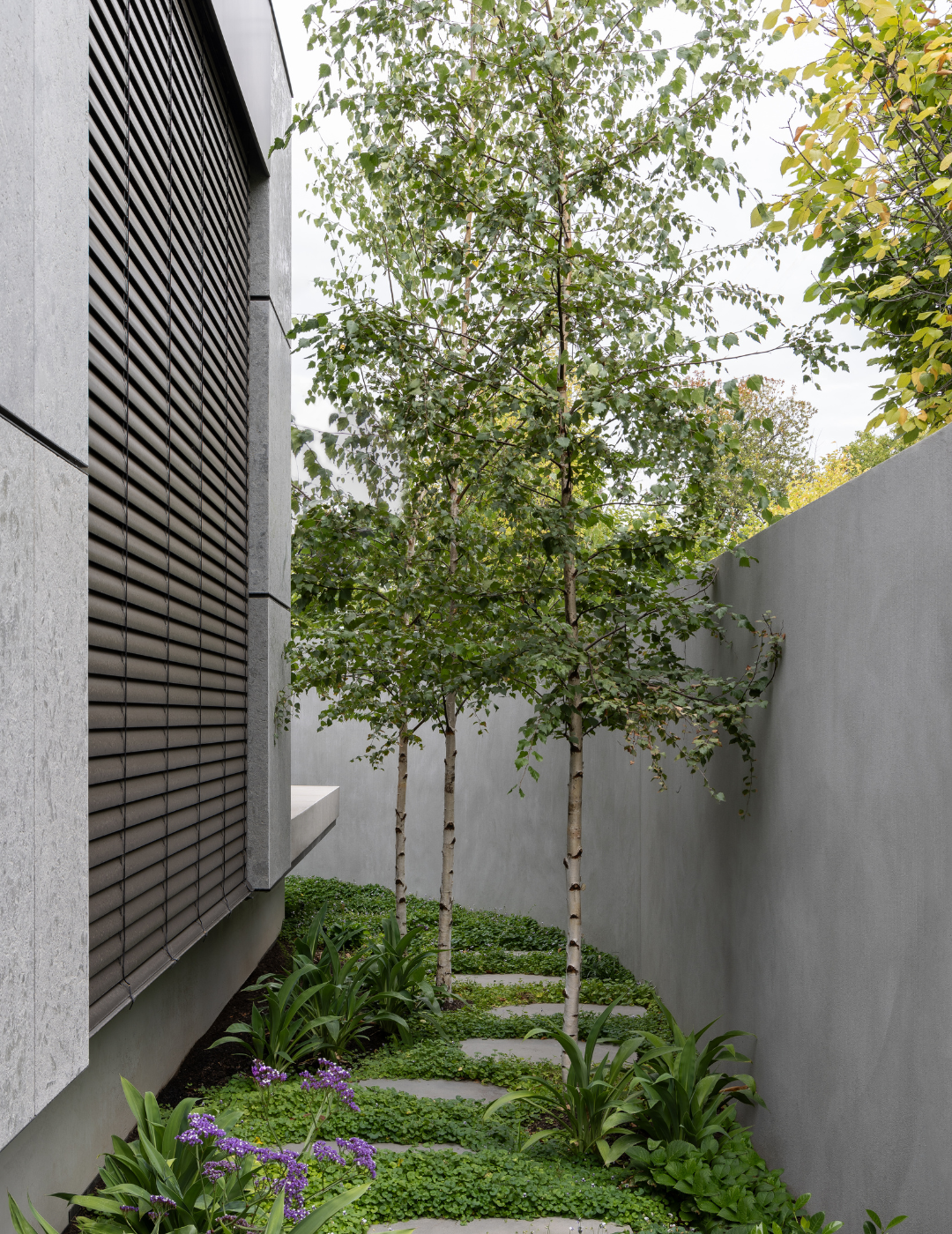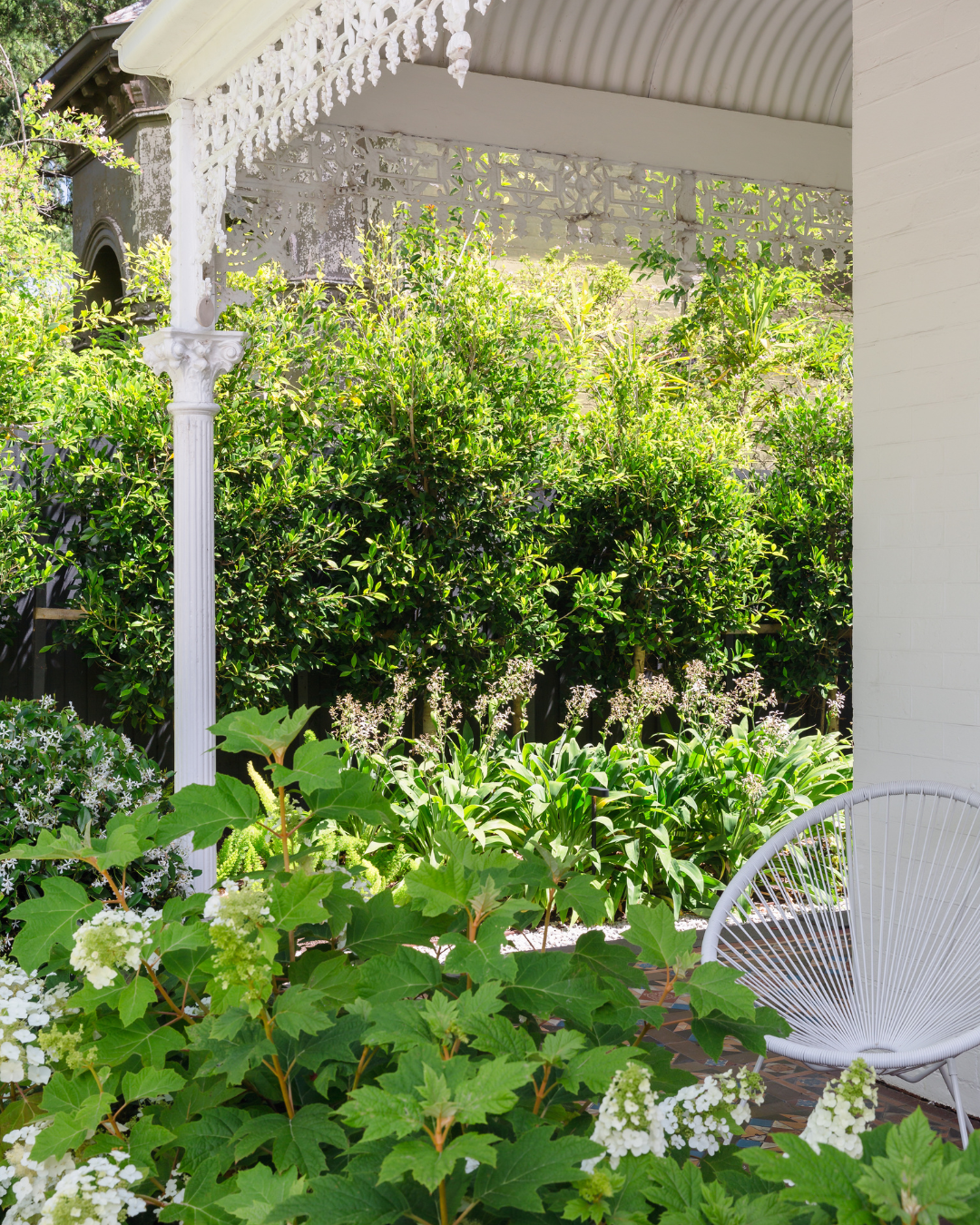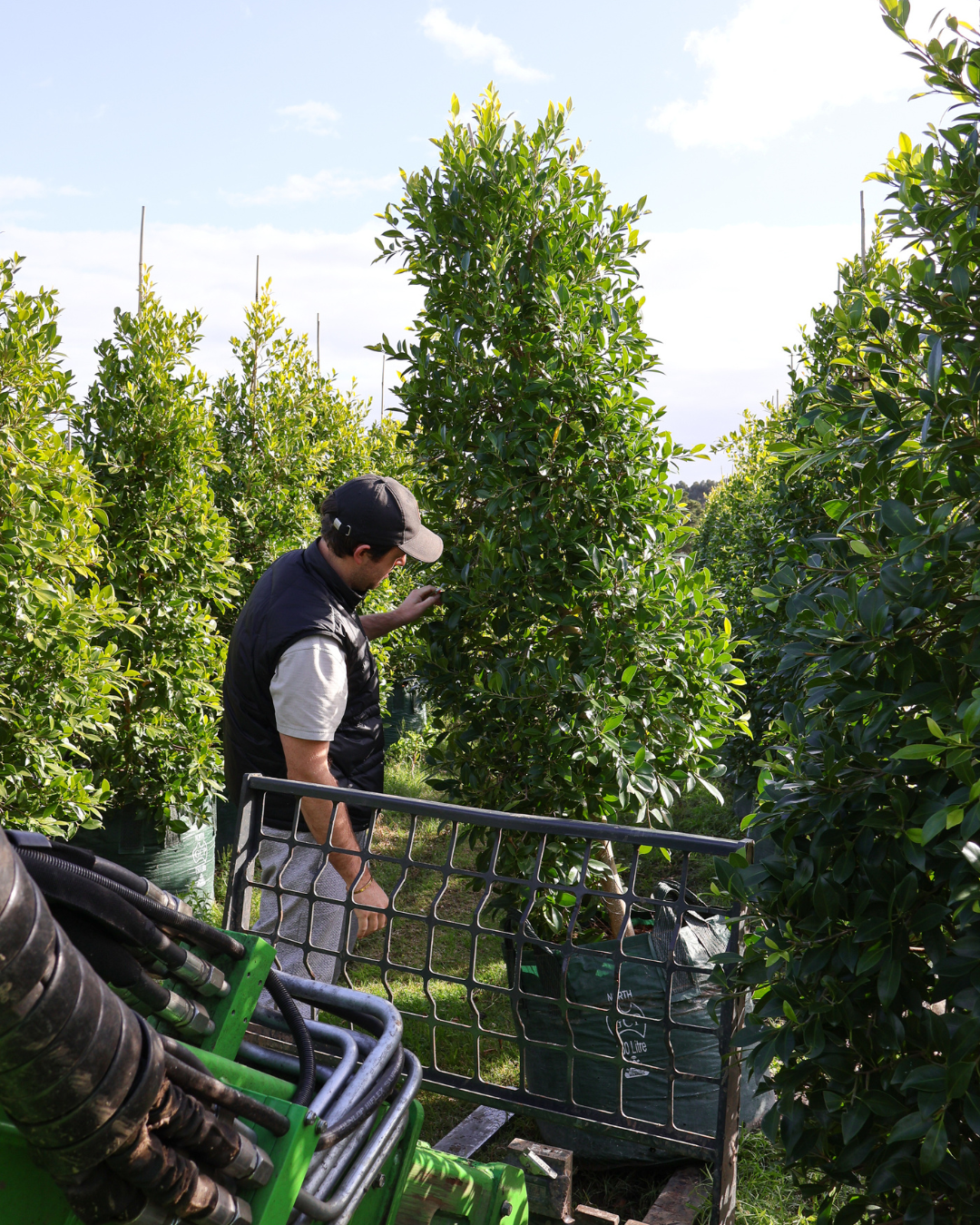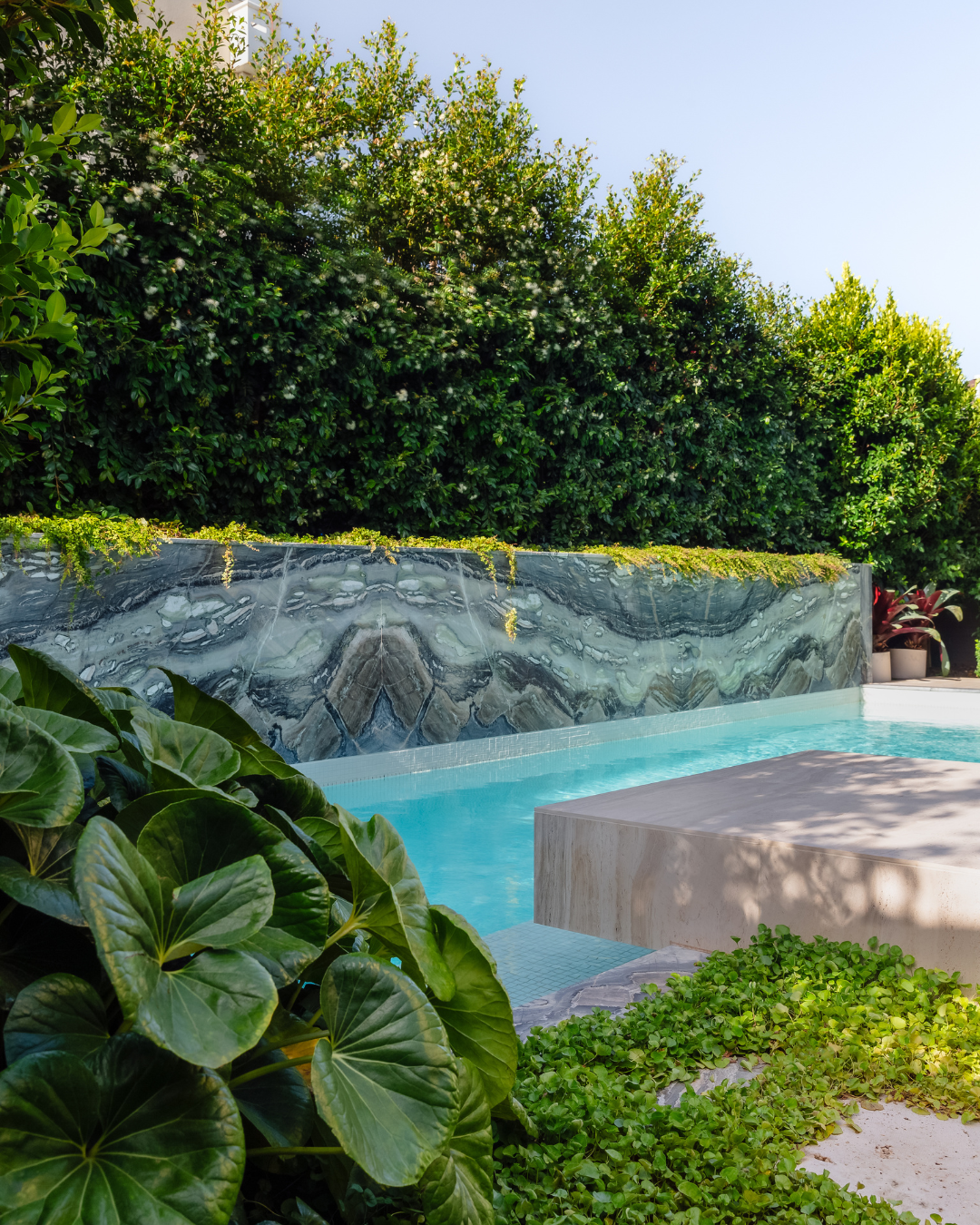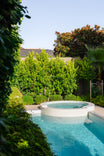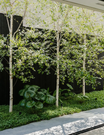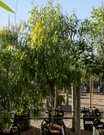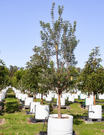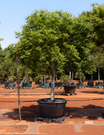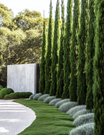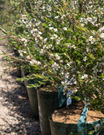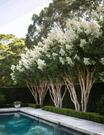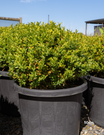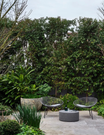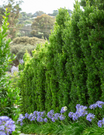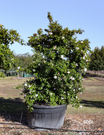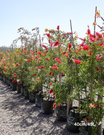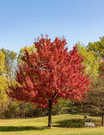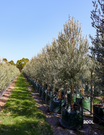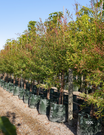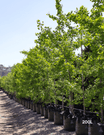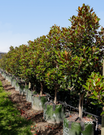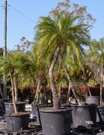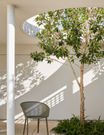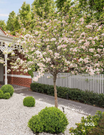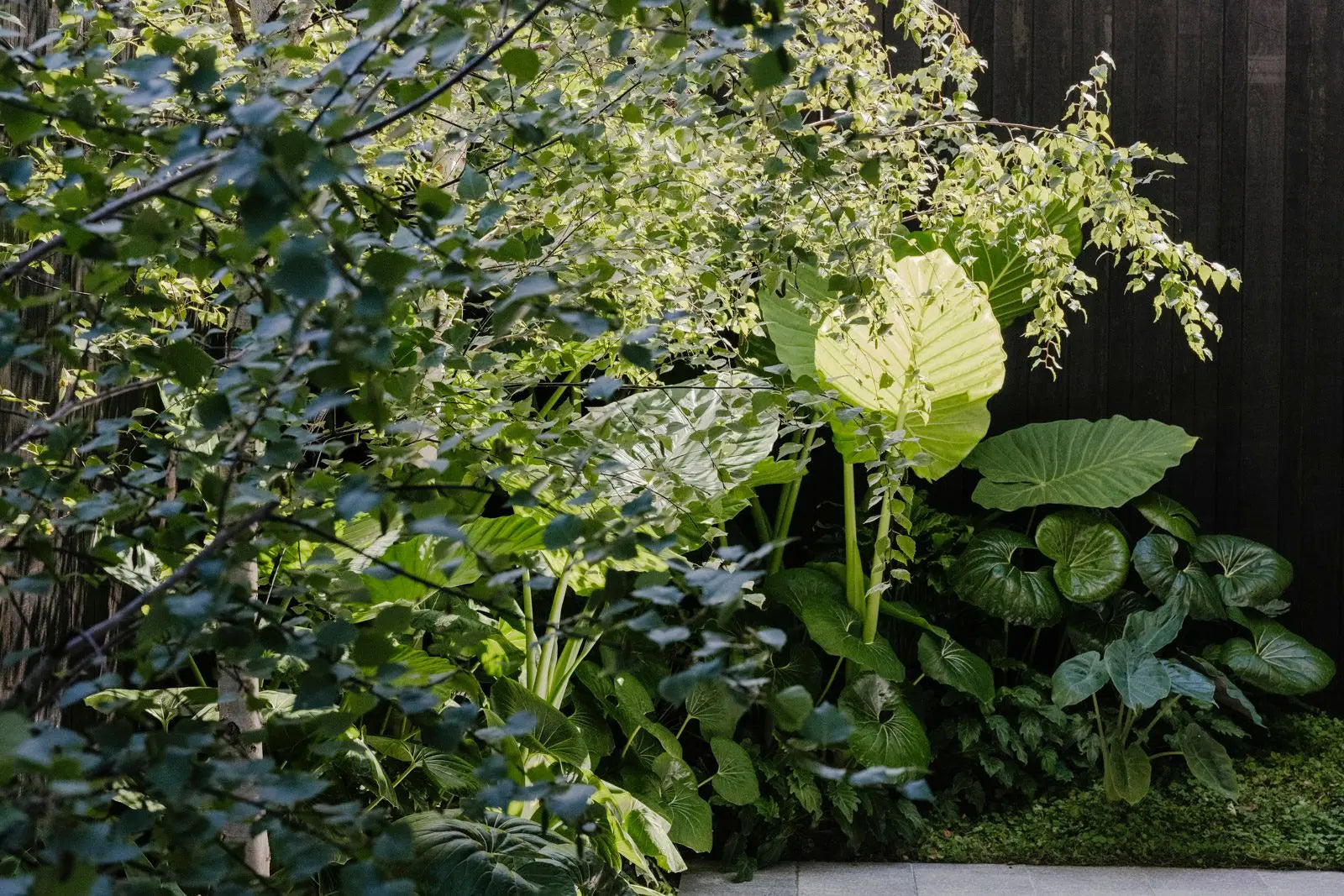Ficus obliqua – Small-leaved Fig / Native Fig
Tax included. Shipping calculated at checkout
Please note, as living products, our trees naturally vary in size and appearance throughout the seasons. The photos on our website are provided as a helpful guide, but may not always reflect our current batches.
We always aim to deliver stock as pictured, but some variation is to be expected. For up-to-date sizing, please refer to our current height guide. If you’d like to see photos of our current stock, just let us know—we’re happy to send them!
Our Shipping cost is calculated at checkout based on volume you anticipate to order and exact location.
You will not be charged to find out this information.
We supply advanced trees to landscapers, developers, architects, and councils Australia-wide. Trade clients receive fast quotes, expert advice, and access to premium stock with reliable freight.
10% OFF
When you spend $1,000
15% OFF
When you spend $2,000
20% OFF
When you spend $7,500
Discounts apply automatically at checkout.
Ficus obliqua – Small-leaved Fig / Native Fig
is a Evergreen (foliage year round)
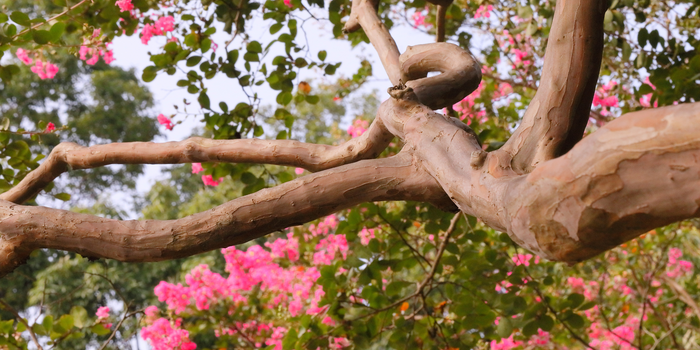 tree with a Mature Height of 10–30 m,
and a Mature Width of 8–15 m.
tree with a Mature Height of 10–30 m,
and a Mature Width of 8–15 m.
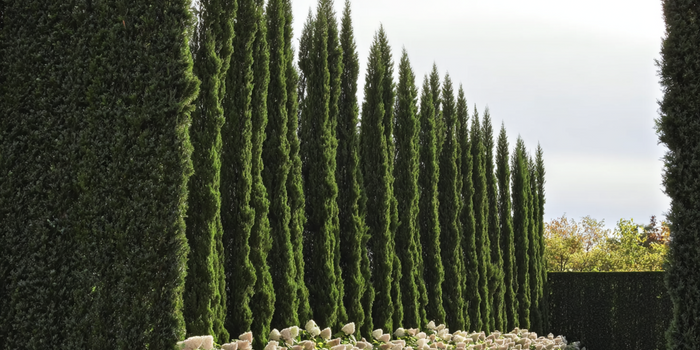 They have a Medium Growth Rate,
They have a Medium Growth Rate,
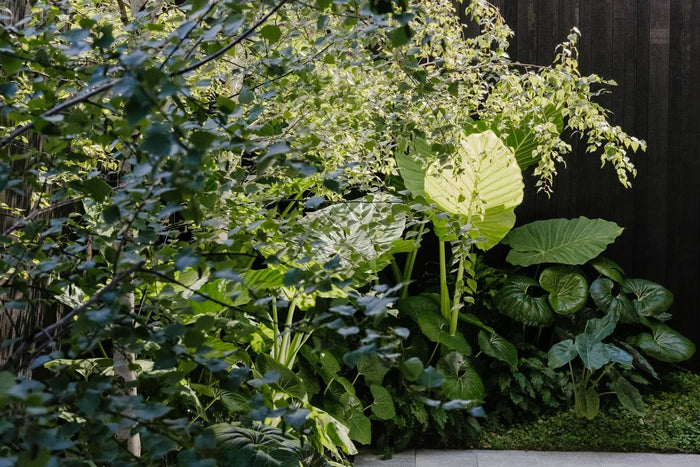 with per annum growth of 0.5–1 m per year when young, slowing with age.
with per annum growth of 0.5–1 m per year when young, slowing with age.
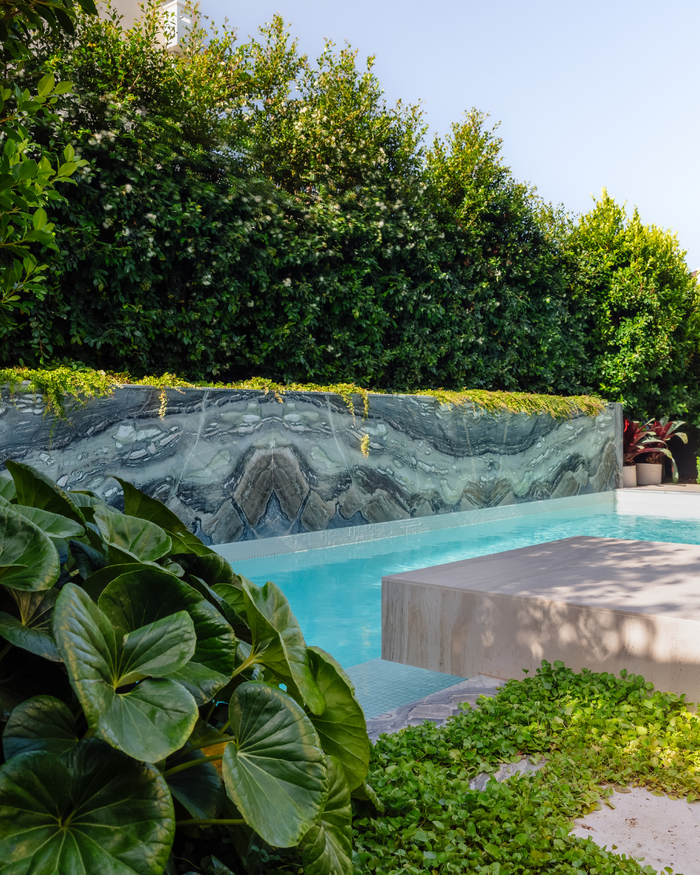 Ficus obliqua – Small-leaved Fig / Native Fig can be used for Avenue Planting, Feature Tree, Shade Tree, and Council or Civic Landscapes.
Ficus obliqua – Small-leaved Fig / Native Fig can be used for Avenue Planting, Feature Tree, Shade Tree, and Council or Civic Landscapes.
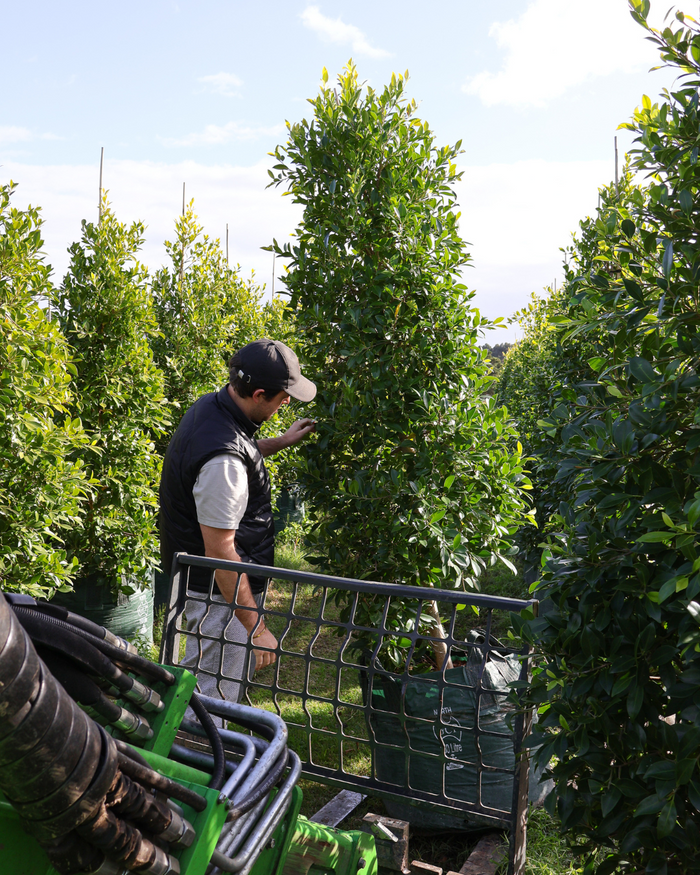 They tolerate Full Sun.
They tolerate Full Sun.
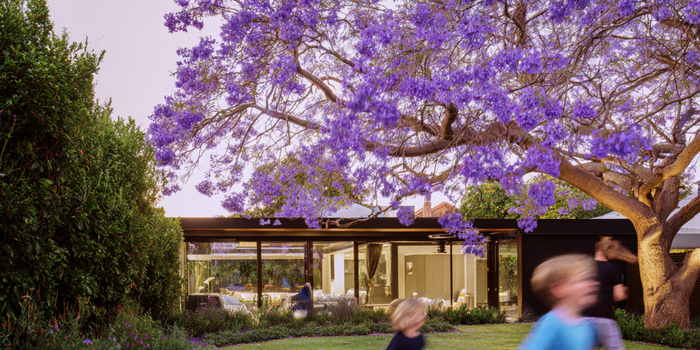






PLANT PROFILE
Ficus obliqua, commonly known as the Small-leaved Fig or Native Fig, is a large Australian native tree recognised for its spreading canopy and dense evergreen foliage. The leaves are smaller and narrower than those of many other figs, glossy green, and provide a fine-textured canopy. Mature trees develop a stout trunk with smooth grey bark, and their broad crown can extend widely, providing excellent summer shade. Small, yellow to orange figs are produced through the year, supporting a wide range of native birds and wildlife. Mature specimens can reach 15–30 metres tall with a spread of 10–20 metres.
This species grows at a moderate to fast rate in favourable conditions. Ficus obliqua is hardy, evergreen, and highly adaptable, tolerating a range of soils provided they are well-drained. It is drought tolerant once established, frost sensitive when young, and thrives in full sun. Like other figs, it develops strong surface roots and is best suited to parks, large gardens, or civic plantings where space is available. Minimal maintenance is required beyond formative pruning and periodic removal of lower limbs if clearance is needed.
They look excellent when used as shade trees in large gardens, planted in avenues for civic landscapes, or incorporated into parklands where their broad canopies can be fully appreciated. Their ecological value and ability to support wildlife also make them an important choice in native and habitat plantings.
Mature Height: 10–30 m
Mature Width: 8–15 m
0.5–1 m per year when young, slowing with age
Use this as a reference when digging your planting hole. We recommend digging at least 10% wider than the dimensions below to encourage strong root development.
- 30cm Pot: 33cm (W) × 30cm (D)
- 40cm/45L Pot: 44cm (W) × 41.5cm (D)
- 50cm Pot / 70L Pot: 55cm (W) × 41.8cm (D)
- 100L Bag: 50.6cm (W) × 52.8cm (D)
- 150L Bag: 66cm (W) × 55cm (D)
- 200L Bag: 71.5cm (W) × 60.5cm (D)
- 300L Bag: 88cm (W) × 63.8cm (D)
- 400L Bag: 99cm (W) × 66cm (D)
- 500L Bag: 122cm (W) × 66cm (D)
- 750L Bag: 134cm (W) × 69cm (D)
- 1000L Bag: 146.3cm (W) × 71.5cm (D)
- 2000L Bag: 176cm (W) × 82.5cm (D)
Ficus obliqua – Small-leaved Fig / Native Fig is Frost Sensitive – May suffer damage from frost, best in frost-free or protected spots..
Does Ficus obliqua – Small-leaved Fig / Native Fig flower?
Not Applicable
We've Been Featured In






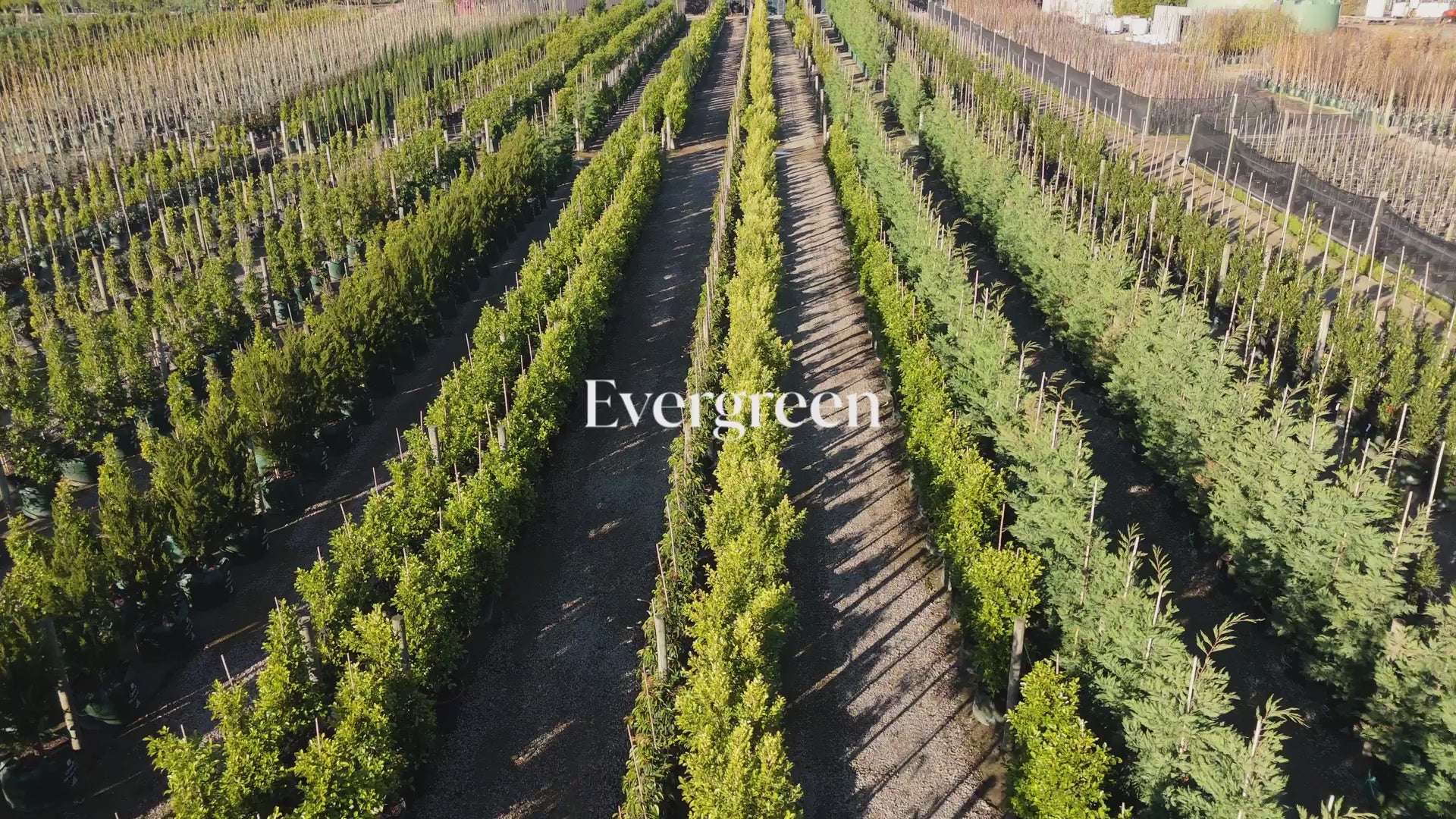
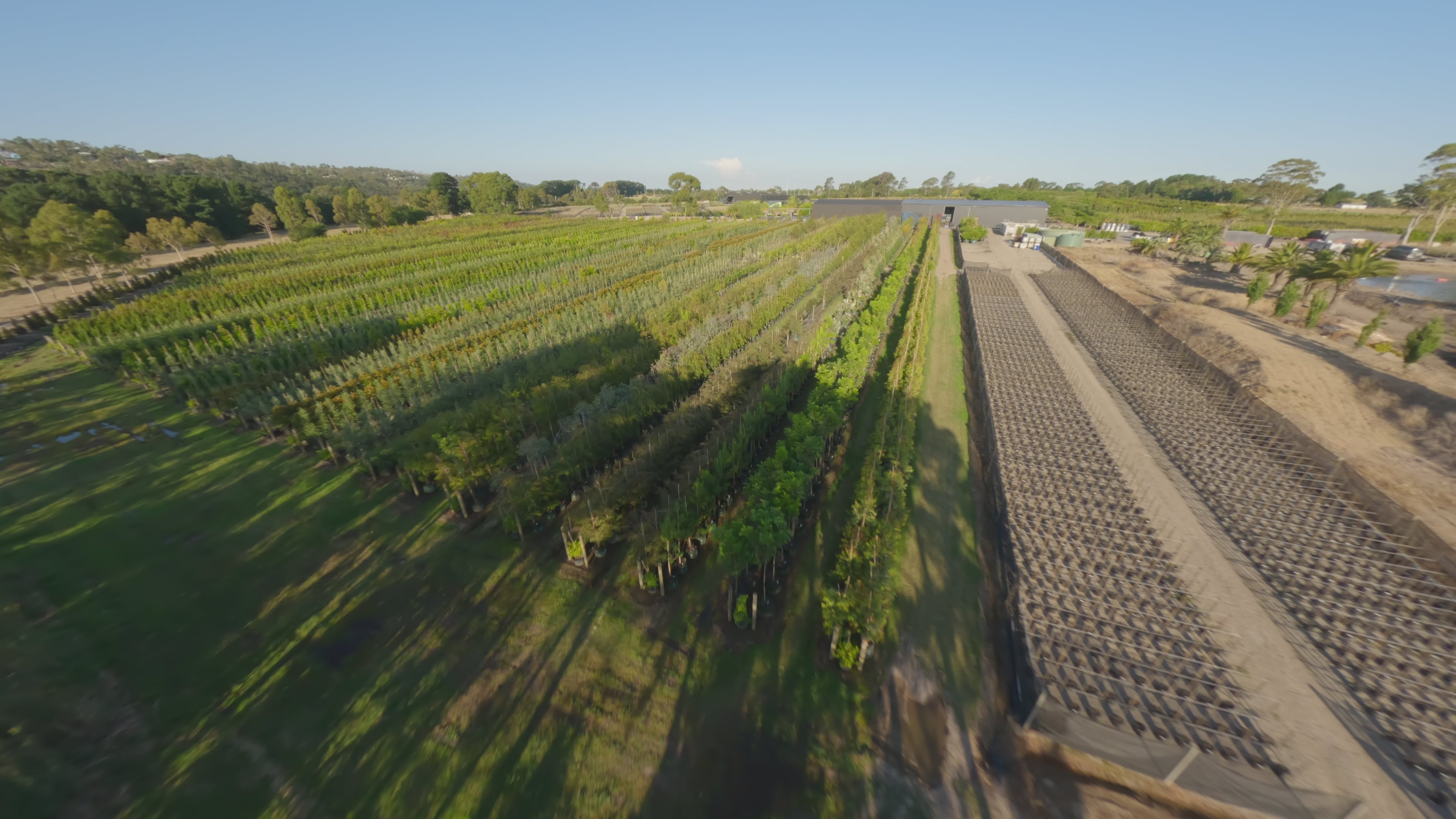
Your One Stop Shop Advanced Tree Supplier
HAVE A PLANT SCHEDULE TO SEND US?
Need Assistance For Your Next Project? Let Us Help.
Evergreen Trees Direct is Australia's unrivaled supplier of the highest quality advanced tree stock. Our extensive supplier network allows us to provide a one-stop shop for all your landscaping needs, no matter how big or small the project. We pride ourselves on exceptional service, ensuring a seamless experience from selection to delivery. Trust us to bring your landscaping vision to life with the perfect trees for any outdoor space. With our unrivaled selection and commitment to service, Evergreen Trees Direct is the top choice for landscapers, property developers, and garden enthusiasts alike.
Recently Supplied Projects
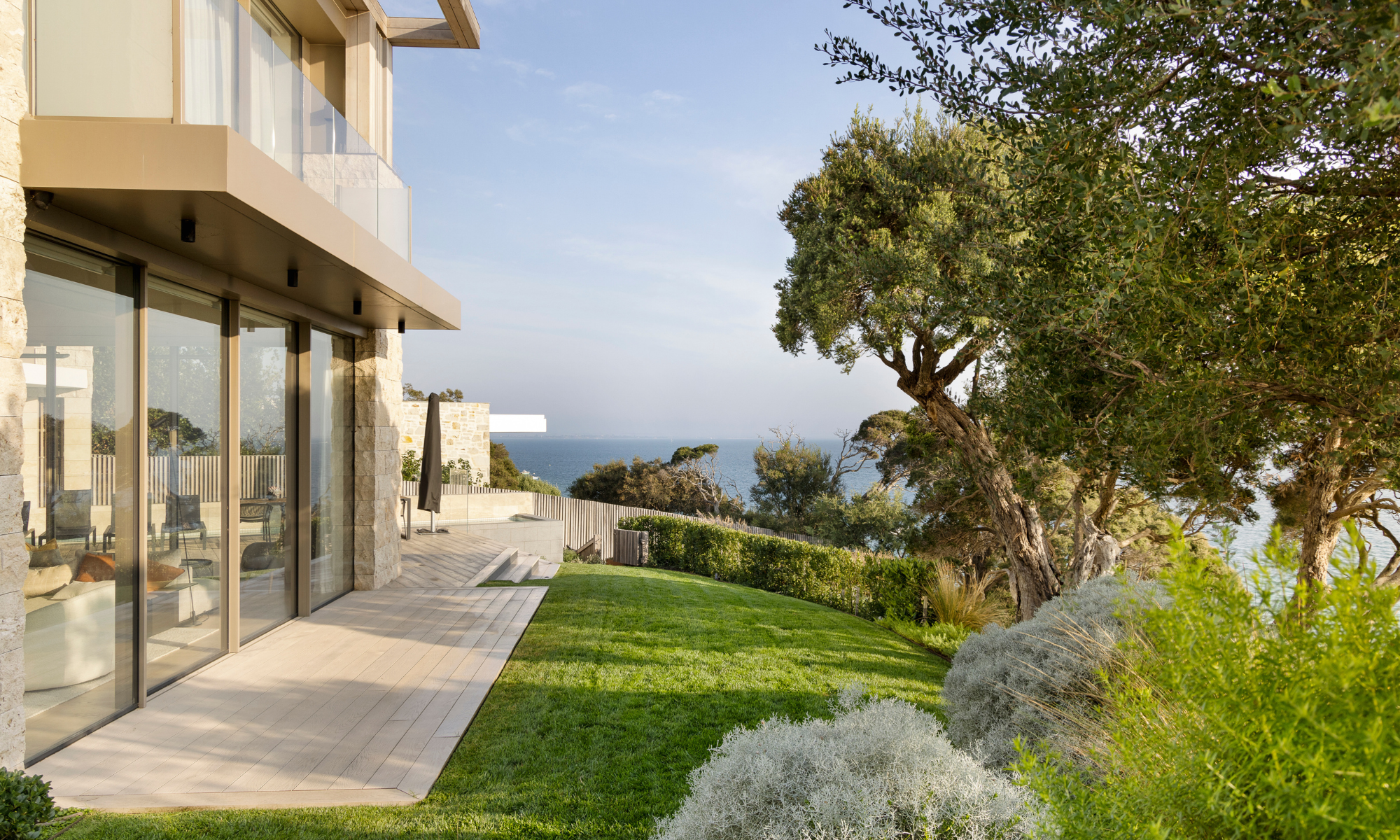
Mornington Peninsula Coastal Garden
A layered, resilient coastal garden designed to withstand harsh salt winds and seasonal extremes. This Mornington Peninsula property features a curated tree and shrub palette focused on longevity, ...
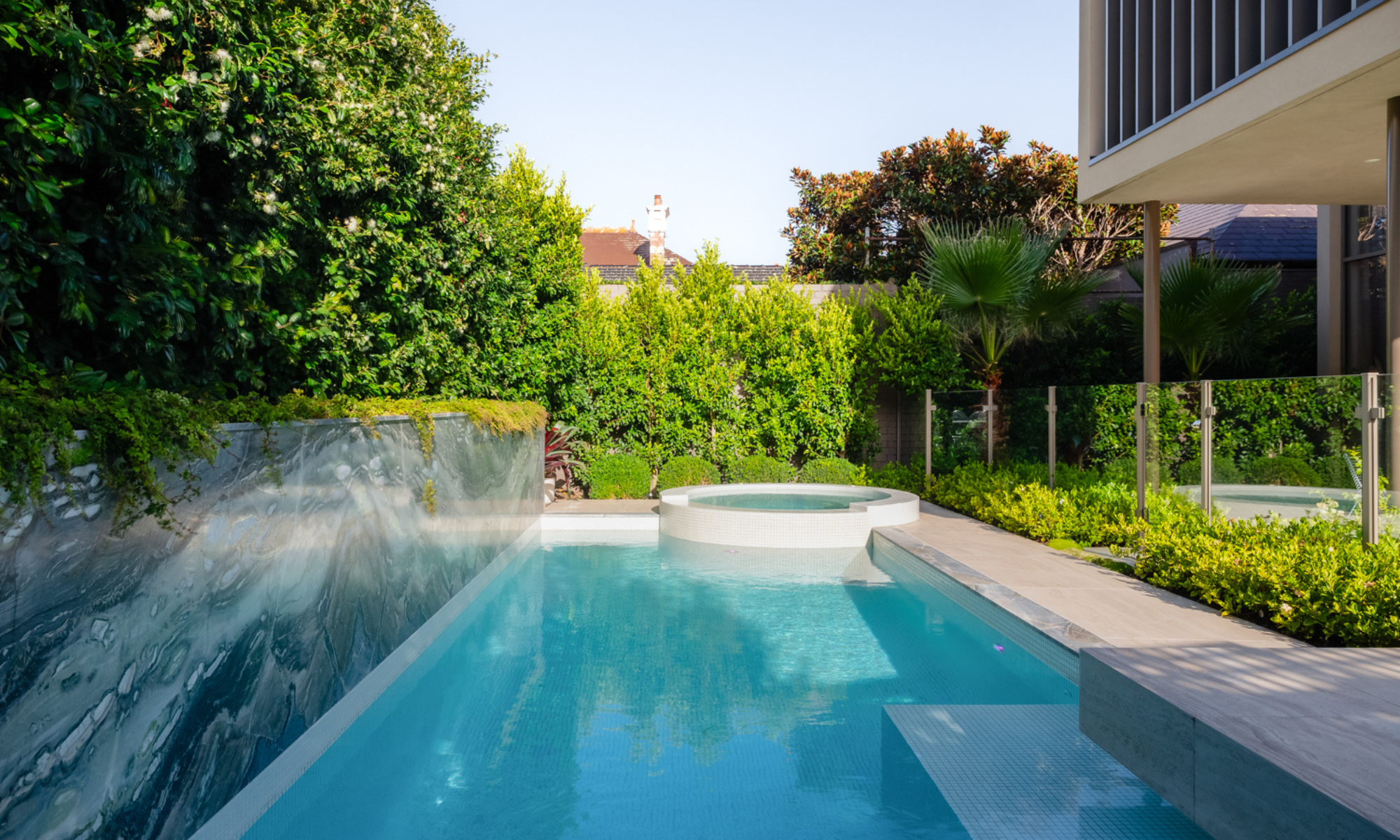
Presenting our recent project in Brighton, Victoria, landscaped by Jack Merlo Landscape & Design. This modern landscape features a variety of hedging, screening, and feature trees, all supplied...
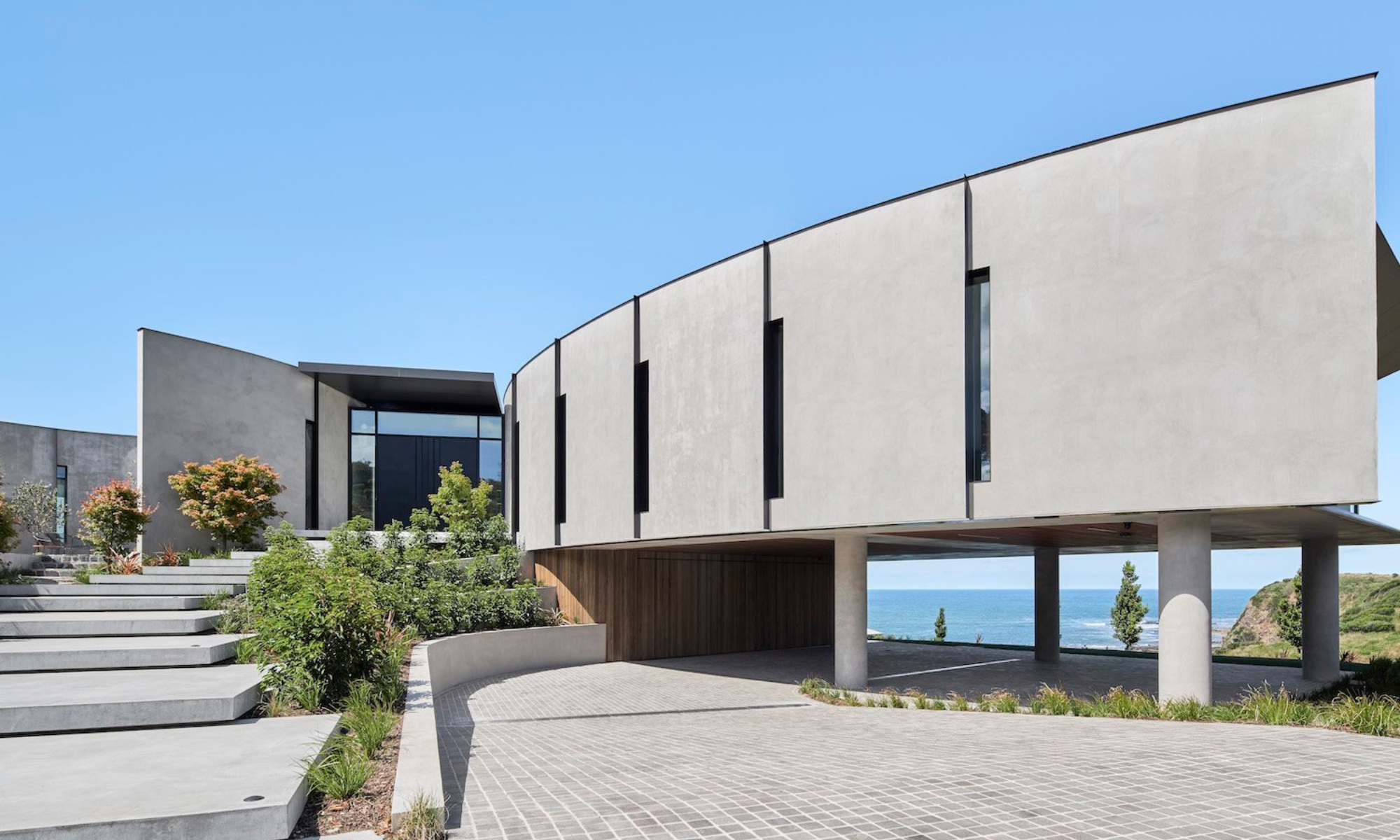
Horizon House in Flinders blends nature with bold architectural design, using natural elements to enhance its modern aesthetic. Acer Palmatum (Japanese Maple) lines the walkway to the entrance, add...
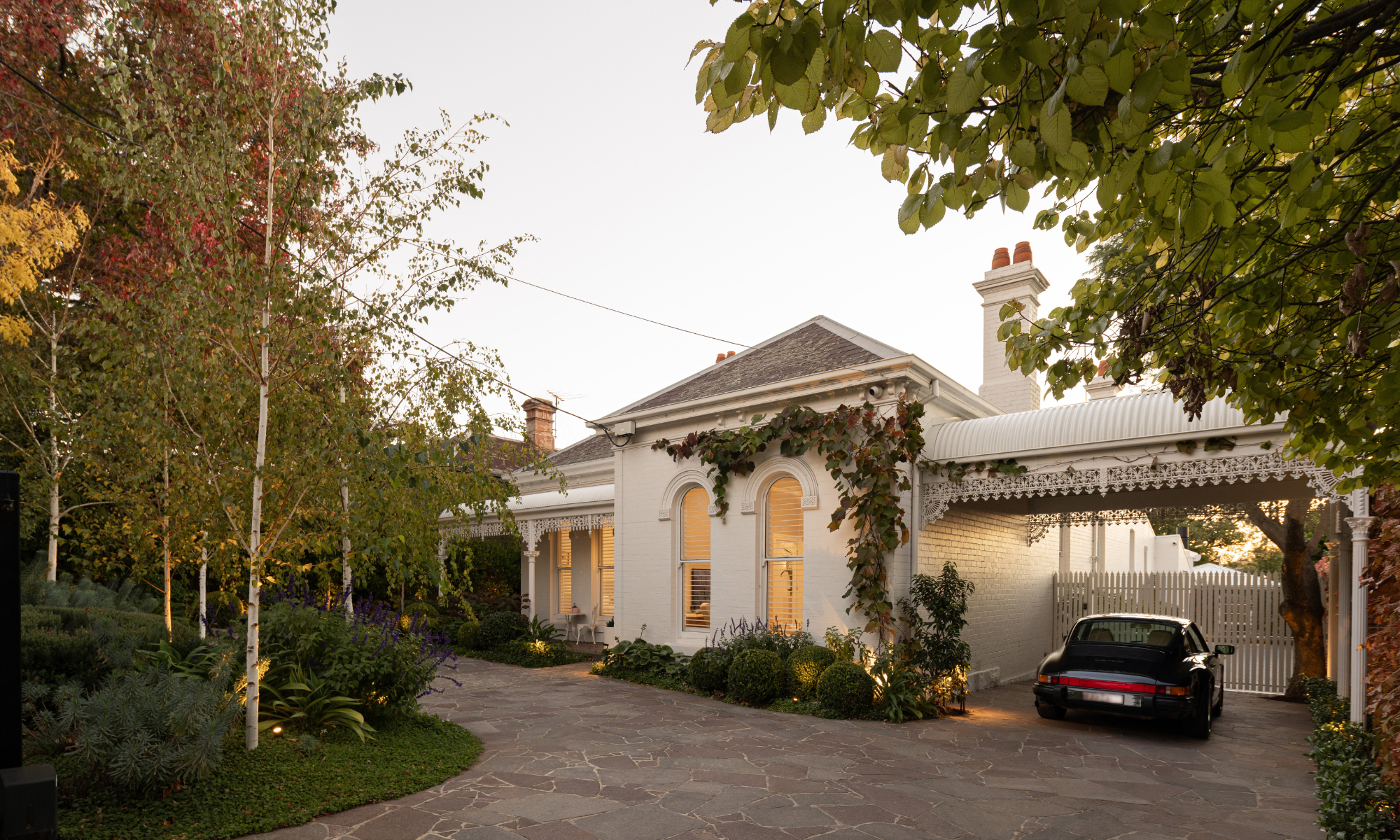
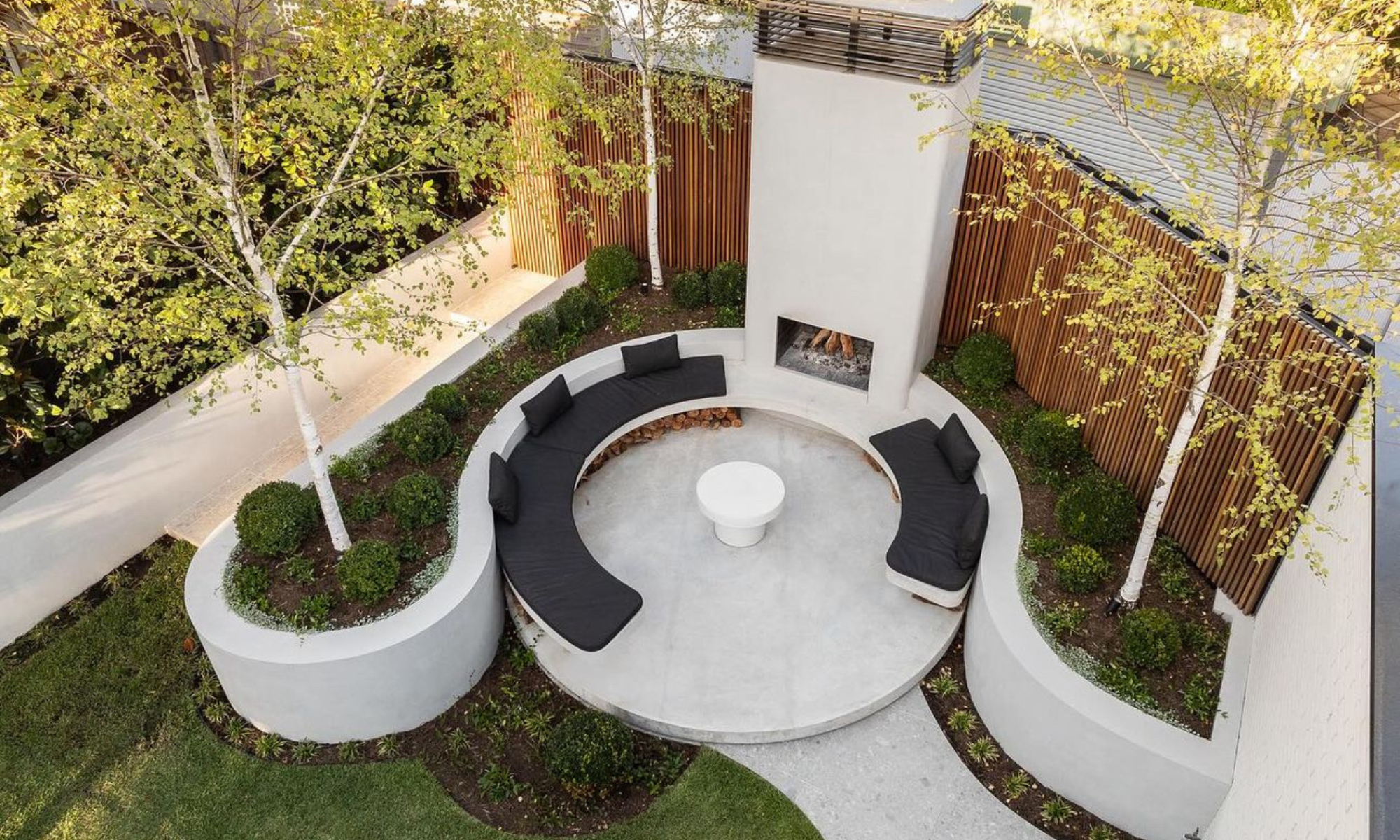
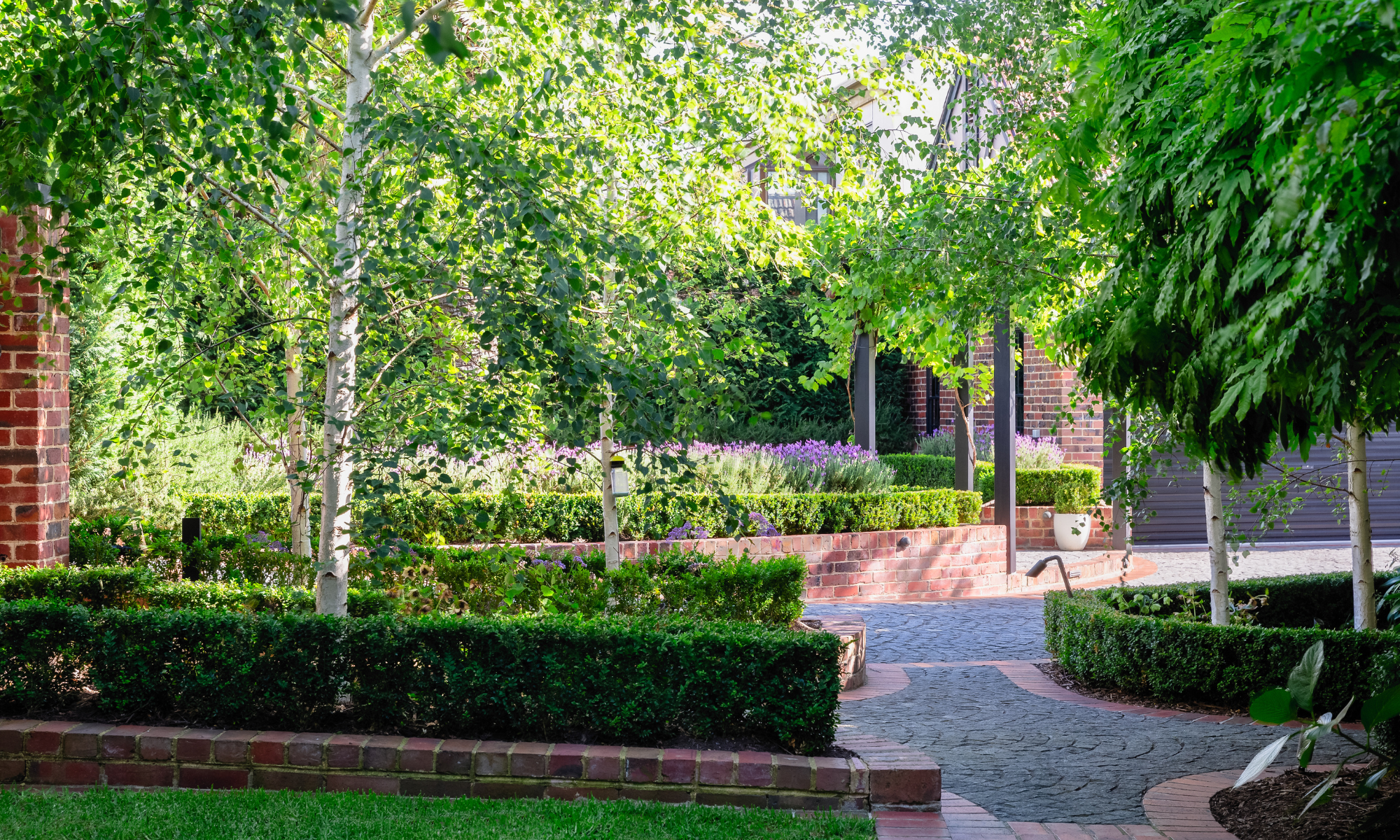
The Esplanade, Mornington Project
The Esplanade project, located along the Mornington coastline, features a carefully chosen selection of trees that thrive in the unique coastal environment of sea breezes and sandy soil. Led by Rob...


